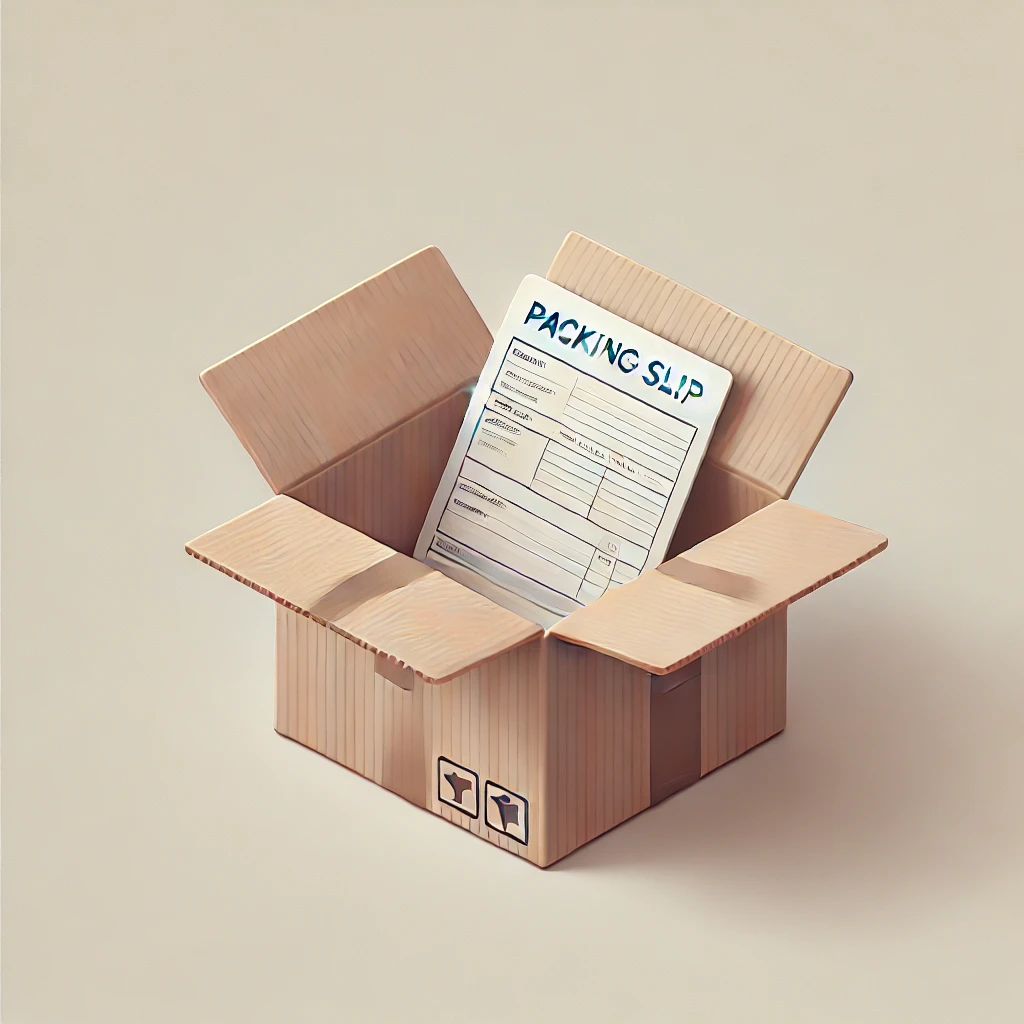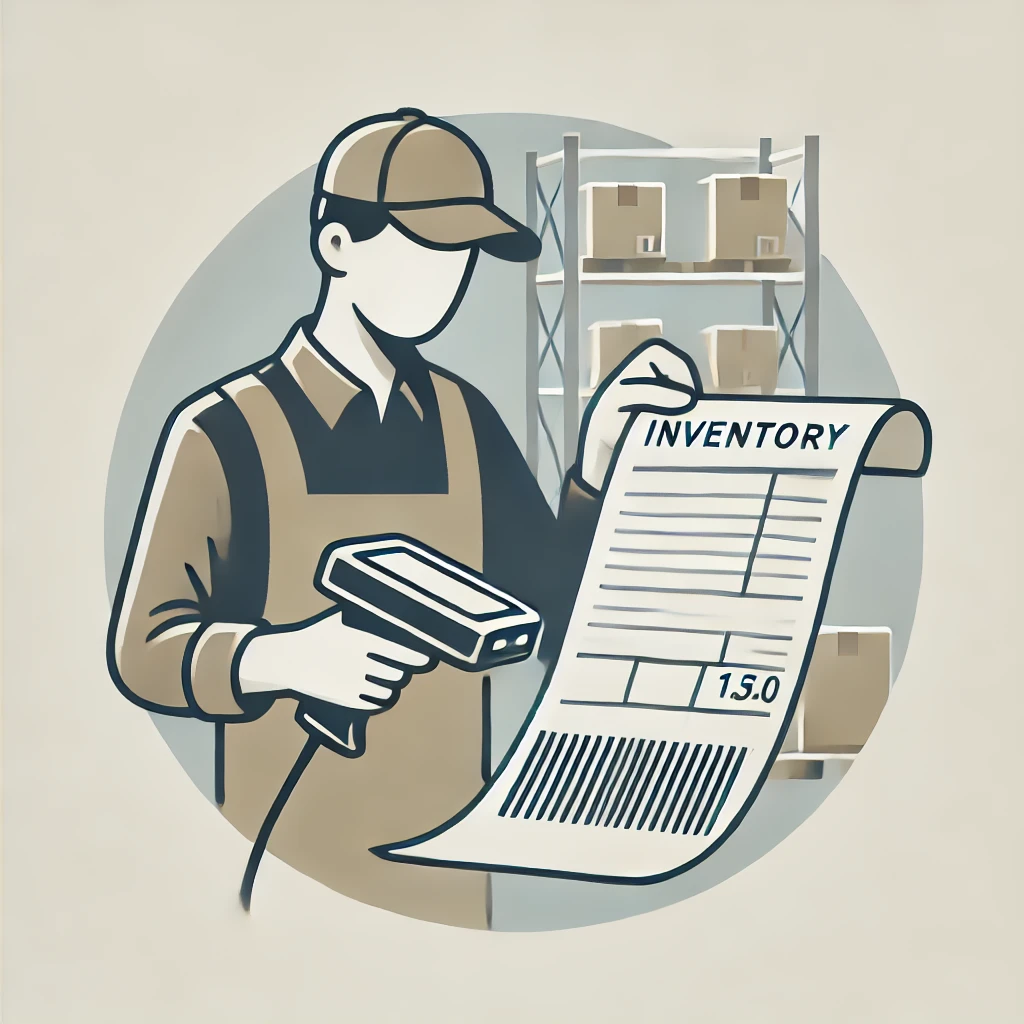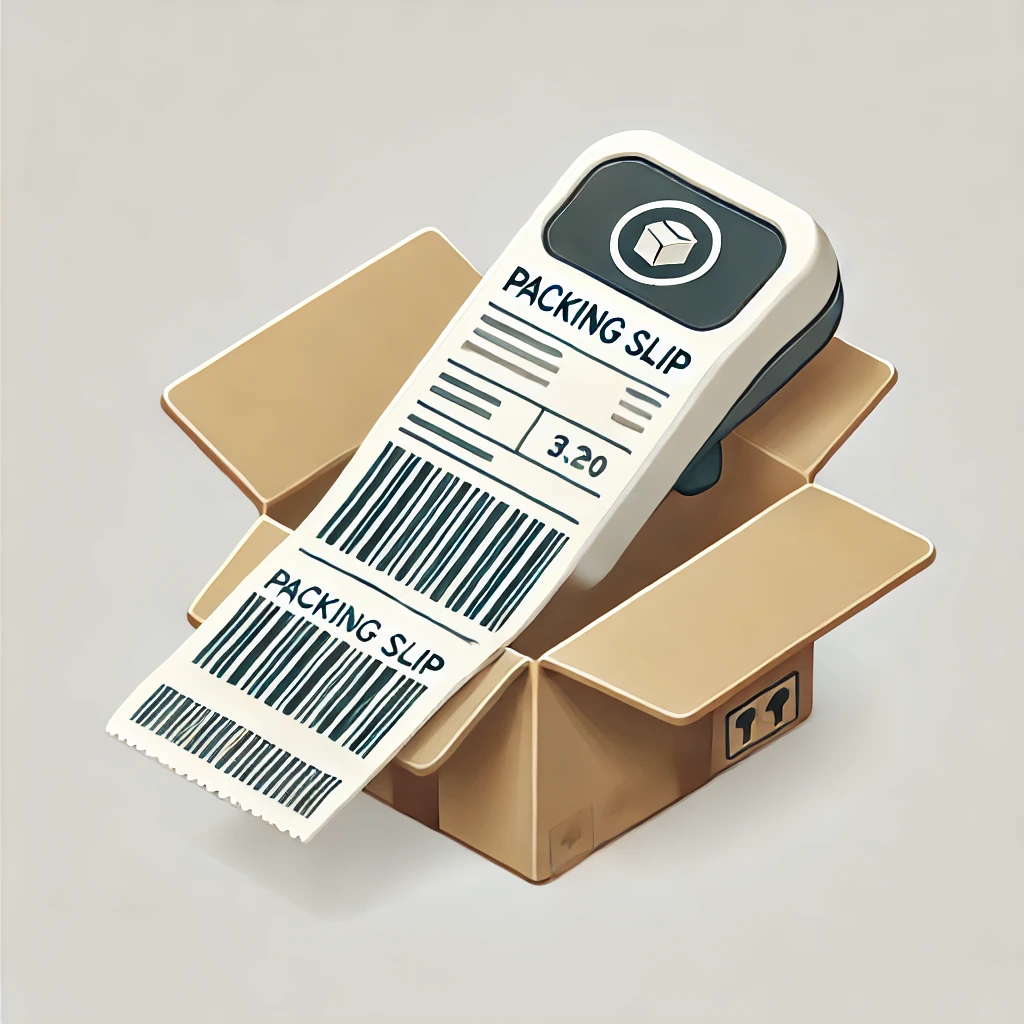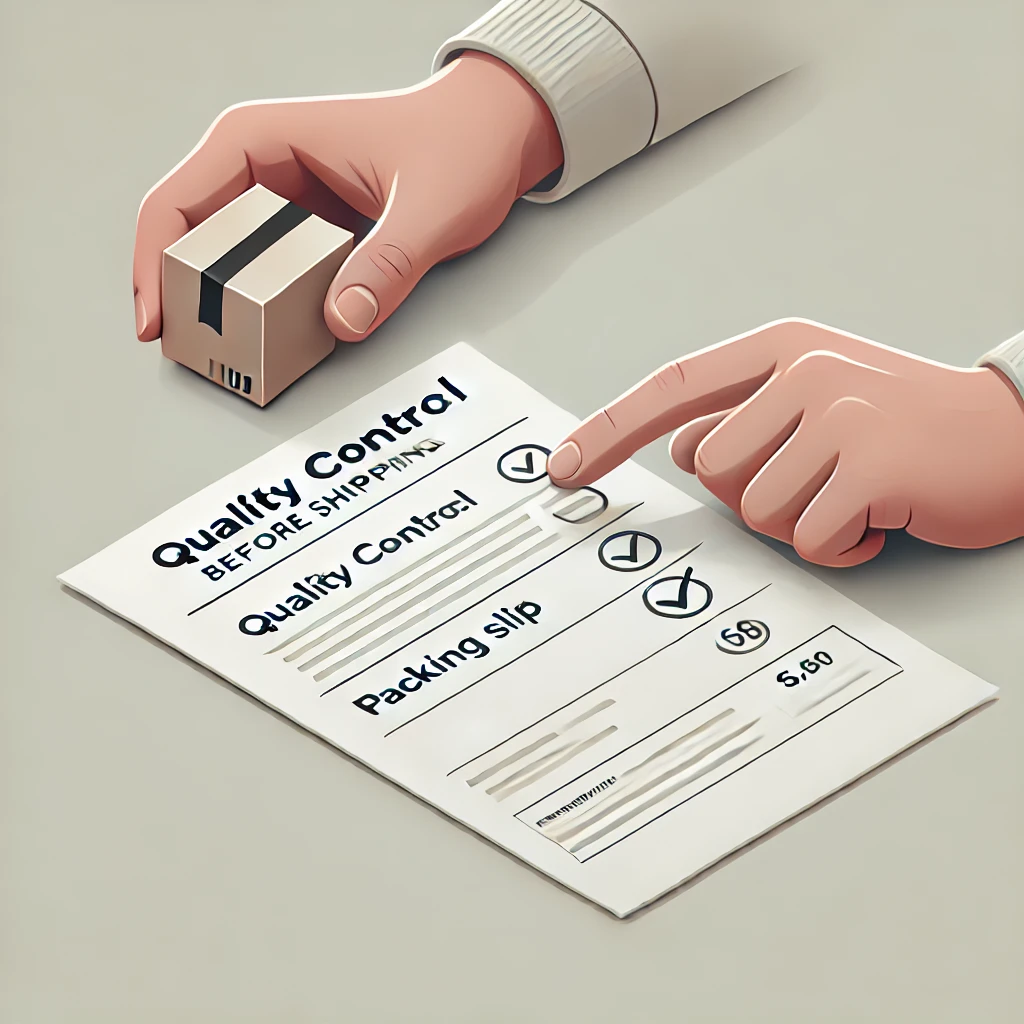The Ultimate Guide to Packing Slip Templates

What is a Packing Slip Template?
A packing slip template is a pre-formatted document that serves as a blueprint for creating, also known as lists or ,are documents that accompany shipped goods, detailing the contents of a package. They serve multiple purposes:
- Inventory verification for the shipper
- Content confirmation for the recipient
- Customs documentation for international shipments
- Proof of delivery for shipping companies
A well-designed template ensures that all necessary information is included consistently across all shipments.
The Importance of Using Packing Slip Templates
Using a packing slip template offers several advantages:
- Consistency: Ensures all necessary information is included on every shipment.
- Efficiency: Saves time by eliminating the need to create a new document for each shipment.
- Professionalism: Presents a polished, organized image to customers and partners.
- Accuracy: Reduces errors by providing a standardized format for information entry.
- Customization: Allows for easy branding and inclusion of specific business information.
Essential Elements
A comprehensive packing slip template should include the following elements:
- Company Information: Your business name, logo, address, and contact details.
- Customer Information: Recipient’s name, shipping address, and contact information.
- Order Details: Order number, date, and any relevant reference numbers.
- Item List: Detailed breakdown of items shipped, including quantity and description.
- Shipping Method: The chosen shipping carrier and service level.
- Special Instructions: Any specific handling or delivery instructions.
- Disclaimer or Terms: Any relevant legal or policy statements.
Types of Packing Slip Templates
There are various types available, catering to different needs and preferences:
1. Free Packing Slip Template
Many websites offer free that can be downloaded and used immediately. These are great for small businesses or those just starting out. However, they may have limited customization options.
2. Packing Slip Template Word
Microsoft Word is a popular choice for creating packing slip templates due to its familiarity and ease of use. Word templates can be easily customized and saved for future use.
3. Packing Slip Template PDF
PDF templates are ideal for maintaining consistent formatting across different devices and platforms. They’re also great for creating professional-looking documents.
4. Excel
Excel templates are perfect for businesses that need to manage large volumes of shipments. They allow for easy data entry and can be linked to inventory management systems.
5. Printable
Printable templates are designed to be easily printed and filled out by hand. They’re useful for businesses that prefer physical documentation or have limited access to computers.

How to Create a Packing Slip Template
Creating your own packing slip template allows for maximum customization. Here’s a step-by-step guide:
- Choose Your Software: Decide whether you’ll use Word, Excel, or specialized template design software.
- Set Up the Document: Create a new document and set the page size and margins.
- Add Your Company Information: Insert your logo, company name, and contact details at the top of the document.
- Create Sections: Divide the document into sections for customer information, order details, and item list.
- Design the Layout: Arrange the sections in a logical, easy-to-read format.
- Add Form Fields: Create fillable fields for variable information like customer details and order specifics.
- Include Branding Elements: Incorporate your brand colors and fonts for a professional look.
- Test and Refine: Print out a sample and test it with real order information. Make adjustments as needed.
Customizing Your Packing Slip Template
Customization is key to creating a packing slip template that perfectly fits your business needs. Consider the following customization options:
1. Branding
Incorporate your company logo, colors, and fonts to reinforce your brand identity.
2. Special Instructions
Add a section for special handling instructions or personalized messages to customers.
3. Barcode or QR Code
Include a barcode or QR code for easy scanning and tracking.
4. Multiple Languages
For international shipping, consider creating bilingual or multilingual templates.
5. Return Instructions
Include clear instructions for returns or exchanges.
Packing Slip Template Examples
To give you a better idea of what’s possible, let’s look at some packing slip template examples:
1. Simple
A basic template including only the essential information, perfect for small businesses or occasional shippers.
2. Detailed
A comprehensive template with sections for multiple items, shipping details, and special instructions.
3. E-commerce
Tailored for online retailers, this template includes order numbers, SKUs, and space for promotional messages.
4. International Shipping
Designed for cross-border shipments, this template includes fields for customs information and import/export codes.
Best Practices
To make the most of your packing slip template, follow these best practices:
- Keep It Simple: Include only necessary information to avoid clutter.
- Use Clear Language: Avoid jargon or technical terms that might confuse recipients.
- Update Regularly: Review and update your template periodically to ensure it meets current needs.
- Backup Your Template: Keep multiple copies of your template to avoid loss.
- Train Your Team: Ensure all staff members understand how to correctly fill out the packing slip.

Common Mistakes to Avoid
When working with packing slip templates, be sure to avoid these common pitfalls:
- Overcrowding: Don’t try to fit too much information into a single template.
- Neglecting Mobile Users: Ensure your template is readable on mobile devices for on-the-go use.
- Ignoring Branding: Missing the opportunity to reinforce your brand identity.
- Using Unclear Labels: Ensure all fields are clearly labeled to avoid confusion.
- Forgetting Legal Requirements: Make sure your template complies with any relevant shipping regulations.
Packing Slip Template vs. Other Shipping Documents
It’s important to understand how packing slip templates differ from other shipping documents:
Packing Slip vs. Invoice
While both contain item details, an invoice includes prices and payment information, while a packing slip focuses on the physical contents of the shipment.
Packing Slip vs. Bill of Lading
A bill of lading is a legal document that serves as a receipt of goods and a contract between the shipper and carrier. A packing slip is primarily for the benefit of the shipper and recipient.
Packing Slip vs. Shipping Label
A shipping label contains the destination address and routing information for the carrier. A packing slip provides details about the package contents.

The Future of Packing Slip Templates
As technology evolves, so do packing slip templates. Here are some trends to watch:
- Digital Packing Slips: Increased use of electronic packing slips for eco-friendly operations.
- Integration with Shipping Software: Seamless connection between packing slips and shipping platforms.
- AI-Powered Templates: Templates that auto-populate based on order information.
- Interactive Packing Slips: QR codes linking to order status or return portals.
Conclusion
A well-designed is more than just a shipping document—it’s a tool for efficiency, accuracy, and professionalism in your business operations. Whether you choose a free template, create your own, or opt for a customized solution, the right packing slip template can significantly streamline your shipping process.
Remember, the key to a successful packing slip template is balancing comprehensive information with clear, concise presentation. By following the guidelines and best practices outlined in this guide, you’ll be well-equipped to create or choose a packing slip template that meets your business needs and enhances your shipping operations.
As you implement your new packing slip template, continue to gather feedback from your team and customers. Regular refinement will ensure your template remains an effective tool in your business toolkit, adapting to your evolving needs and the changing landscape of e-commerce and shipping.
